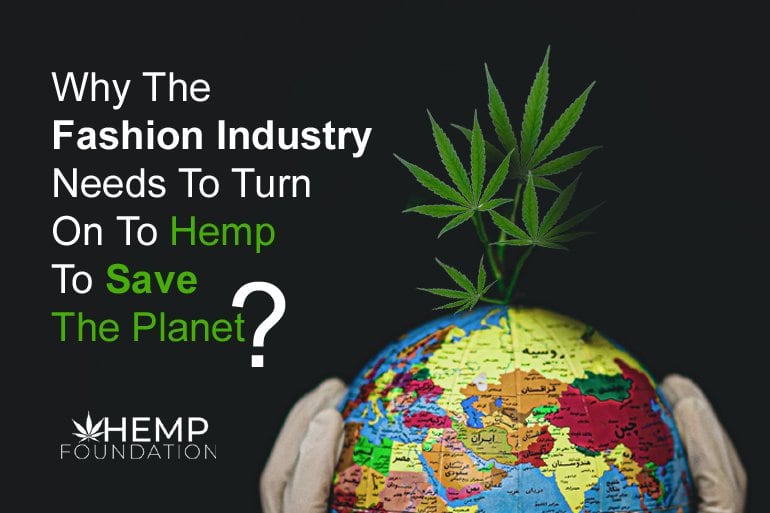In the ever-evolving world of fashion, there has been a growing interest in the use of hemp clothing and its connection to sustainability. It’s fascinating to observe how fashion magazines and media outlets have embraced this trend, shedding light on the environmental benefits and style potential of hemp garments. From showcasing innovative designs to highlighting the positive impact on the planet, the fashion industry’s take on hemp clothing and sustainability proves to be an enthralling subject of exploration.
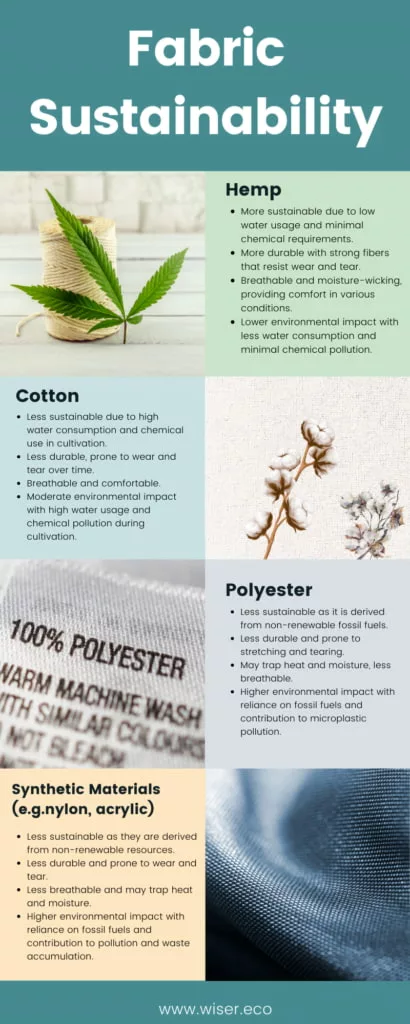
This image is property of wiser.eco.
Fashion Industry’s growing interest in hemp clothing
As the demand for sustainable fashion continues to rise, the fashion industry has been increasingly turning to hemp as a viable and eco-friendly fabric option. Hemp clothing offers numerous advantages, ranging from its environmental benefits to its versatility and durability. Many fashion brands have recognized these advantages and incorporated hemp fabric into their collections, paving the way for a more sustainable future in the fashion industry.
Environmental benefits of hemp clothing
One of the key reasons why hemp clothing has gained traction in the fashion industry is its low carbon footprint. Hemp plants absorb more carbon dioxide than most other crops, making hemp cultivation beneficial for the environment. Additionally, hemp requires significantly less water compared to conventional fabrics like cotton, which is notorious for its high water consumption. By choosing hemp clothing, consumers contribute to the reduction of water scarcity issues.
Moreover, hemp cultivation minimizes the reliance on pesticides and herbicides. Hemp plants naturally resist pests and diseases, reducing the need for chemical interventions commonly used in conventional agriculture. The absence of these harmful chemicals in hemp production not only benefits the environment but also ensures the health and safety of those involved in the production process.
Challenges and misconceptions
Despite the growing interest in hemp clothing, there are still challenges and misconceptions that hinder its widespread adoption. One of the common misconceptions is the perception of hemp clothing as “hippie” or “rough.” Many people still associate it with the stereotype of outdated and uncomfortable garments, which creates a barrier to its acceptance in mainstream fashion.
Furthermore, limited awareness and understanding of hemp’s potential contribute to the challenges it faces. The vast majority of consumers are unaware of the environmental benefits and versatility of hemp fabric, preventing them from making informed choices when it comes to sustainable clothing.
Regulatory roadblocks and stigma surrounding hemp also pose challenges. In some regions, hemp production and use are heavily regulated, which limits its availability and accessibility to fashion brands. Additionally, the stigma associated with hemp due to its relation to marijuana can discourage both consumers and fashion brands from exploring its potential as a sustainable alternative.
Exploring hemp as a sustainable alternative
When compared to conventional fabric materials, hemp stands out as a sustainable alternative. Its natural durability gives hemp clothing a longer lifespan, reducing the need for frequent replacements. Moreover, hemp’s versatility enables it to be used in various clothing types, from everyday basics to high-fashion garments. This flexibility makes hemp a compelling choice for both designers and consumers looking for sustainable and stylish options.
Another aspect that contributes to hemp’s sustainability is its potential for creating a circular economy. Hemp fibers can be recycled multiple times without degradation in quality, enabling the creation of new garments from old hemp clothing. This potential allows for a more efficient and resource-conscious fashion industry.
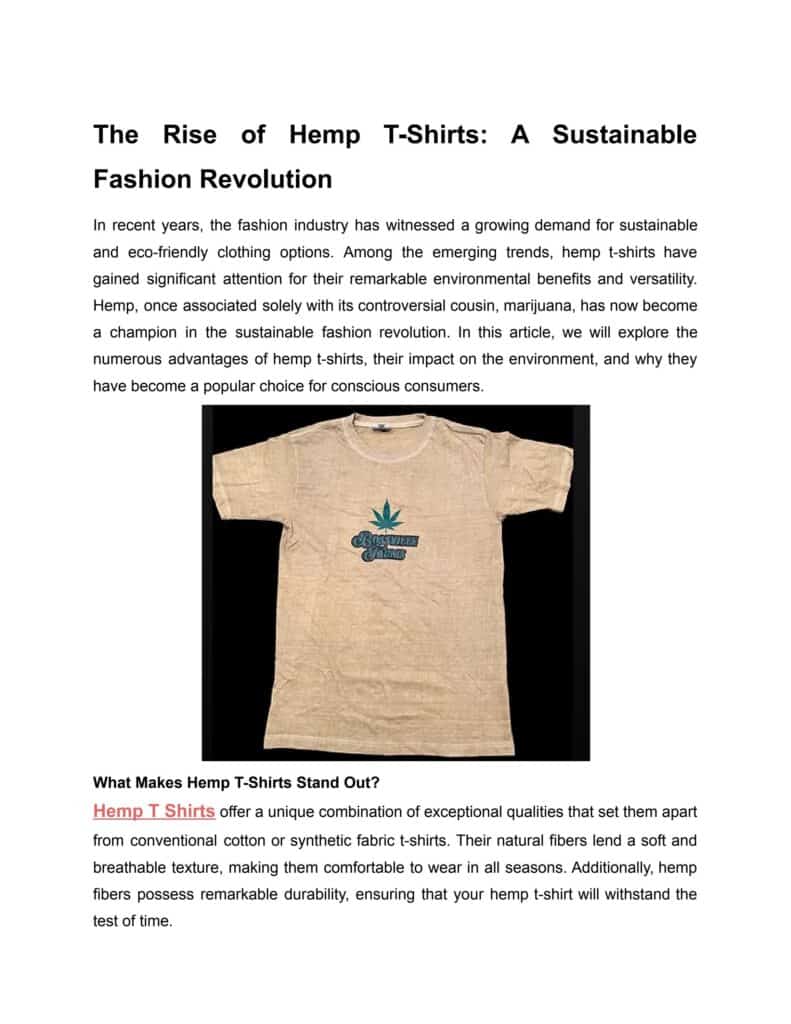
This image is property of image.isu.pub.
Fashion magazines promoting hemp clothing
fashion magazines play a crucial role in promoting hemp clothing and sustainability. They dedicate features to eco-friendly fashion brands that have embraced hemp in their collections. These features highlight the efforts of designers and brands in creating sustainable options for consumers. By showcasing hemp garments and their incorporation into fashion shoots and editorials, fashion magazines inspire readers to consider hemp as a fashionable and environmentally responsible choice.
In addition to features, fashion magazines often include interviews with designers who prioritize sustainability. These interviews shed light on the design process, materials, and overall ethos behind sustainable fashion. Designers embracing hemp as a fabric choice explain their motivations, experiences, and highlight the benefits of hemp clothing, further educating readers on its positive impact.
Fashion media’s role in changing perceptions
Fashion media has a crucial role in changing perceptions and addressing the misconceptions surrounding hemp clothing. By educating readers about the eco-friendliness of hemp, fashion media can debunk the stereotypes and showcase the potential of this sustainable fabric. Articles, editorials, and opinion pieces that emphasize the benefits of hemp clothing can effectively challenge the outdated perceptions and foster a more positive attitude towards it.
Another significant responsibility of fashion media is addressing the regulatory roadblocks and stigma that hinder the widespread adoption of hemp clothing. By reporting on policy changes and initiatives aimed at supporting hemp as a sustainable alternative, fashion media can encourage the industry to push for greater acceptance and availability of hemp fabric.
Moreover, fashion media has the power to promote sustainable consumer choices by providing information on where to find hemp clothing and highlighting brands that prioritize sustainability. By featuring brands that incorporate hemp into their collections, fashion media can influence consumer preferences and promote the demand for hemp clothing.
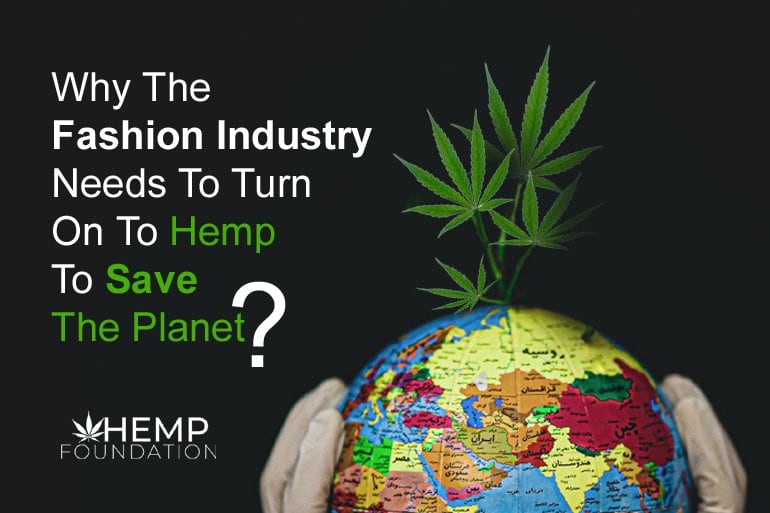
This image is property of hempfoundation.net.
Influencers and celebrities embracing hemp fashion
In the age of social media, influencers and celebrities hold significant sway over consumer preferences. Many influencers have embraced the concept of sustainable fashion and actively promote hemp clothing on their platforms. Their influence extends beyond traditional marketing, as they can connect with their followers on a personal level and showcase the style and versatility of hemp garments in real-life settings.
Additionally, celebrities wearing hemp clothing on red carpets and high-profile events further contribute to changing perceptions and normalizing hemp fashion. When influential personalities don hemp clothing, it sends a powerful message that sustainable fashion can be glamorous and stylish, debunking the misconception that hemp clothing is limited to a particular aesthetic.
Collaborations between influencers and sustainable fashion brands are also becoming more common. These collaborations not only raise awareness about hemp clothing but also create excitement and buzz within the fashion industry. By leveraging their reach and influence, influencers and celebrities contribute to the mainstream acceptance of hemp clothing as a fashionable and sustainable choice.
Innovations in hemp fabric production
The advancements in hemp fabric production techniques have been instrumental in making hemp clothing more appealing to consumers and fashion brands alike. Improvements in weaving and dyeing techniques have enhanced the aesthetic appeal of hemp clothing, making it comparable to conventional fabrics in terms of appearance and texture. These advancements have addressed the misconception of hemp clothing as rough and uncomfortable.
In addition to weaving and dyeing techniques, blending hemp with other natural fibers has been a significant innovation. Blending hemp with other fabrics like organic cotton or bamboo enhances the properties of hemp clothing, such as softness and breathability, while still maintaining its sustainability. These blends provide a more comfortable and versatile option for consumers, expanding the range of clothing styles that can be created using hemp.
advancements in sustainable processing methods have also contributed to the eco-friendliness of hemp clothing. With more environmentally friendly processing techniques, such as water-saving methods and non-toxic dyeing processes, the overall sustainability of hemp fabric production is further improved. These innovations ensure that hemp clothing remains a frontrunner in the race towards a more sustainable fashion industry.
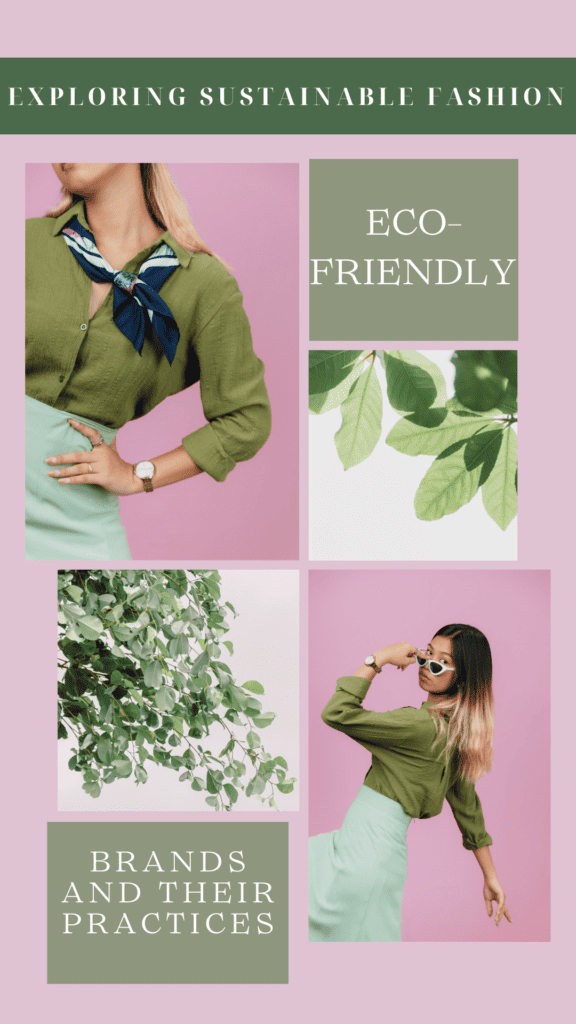
This image is property of res.cloudinary.com.
Consumer demand and purchasing decisions
The growing interest in eco-friendly and ethical clothing has driven consumer demand for hemp clothing. More consumers are actively seeking out sustainable alternatives and making purchasing decisions based on the environmental and social impact of their choices. The desire to reduce carbon footprints, support ethical practices, and contribute to a more sustainable future has prompted many individuals to choose hemp clothing.
Several factors influence consumer decisions when it comes to hemp clothing. Price affordability and availability are important considerations. While sustainable clothing can sometimes come at a higher price point, increased demand and economies of scale are gradually making hemp clothing more accessible and affordable to a wider range of consumers.
The transparency and traceability of the supply chain also play a vital role in consumers’ purchasing decisions. Brands that can demonstrate their commitment to responsible sourcing and sustainable production processes are more likely to attract consumers who prioritize ethical fashion choices. By providing this information, fashion brands can build trust with their customers and encourage loyalty in the long run.
Conclusion
Hemp clothing has emerged as a catalyst for more sustainable fashion in the ever-evolving fashion industry. The growing interest and incorporation of hemp fabric into collections highlight the industry’s commitment to combatting climate change and adopting eco-friendly practices. It is crucial for fashion magazines, media, and influencers to continue promoting and educating consumers about the benefits of hemp clothing, dispelling misconceptions, and encouraging a shift towards more sustainable consumer choices. As innovations in hemp fabric production continue and consumer demand for eco-friendly options rises, hemp clothing has the potential to shape the future of the fashion industry, steering it towards a more sustainable and responsible path.
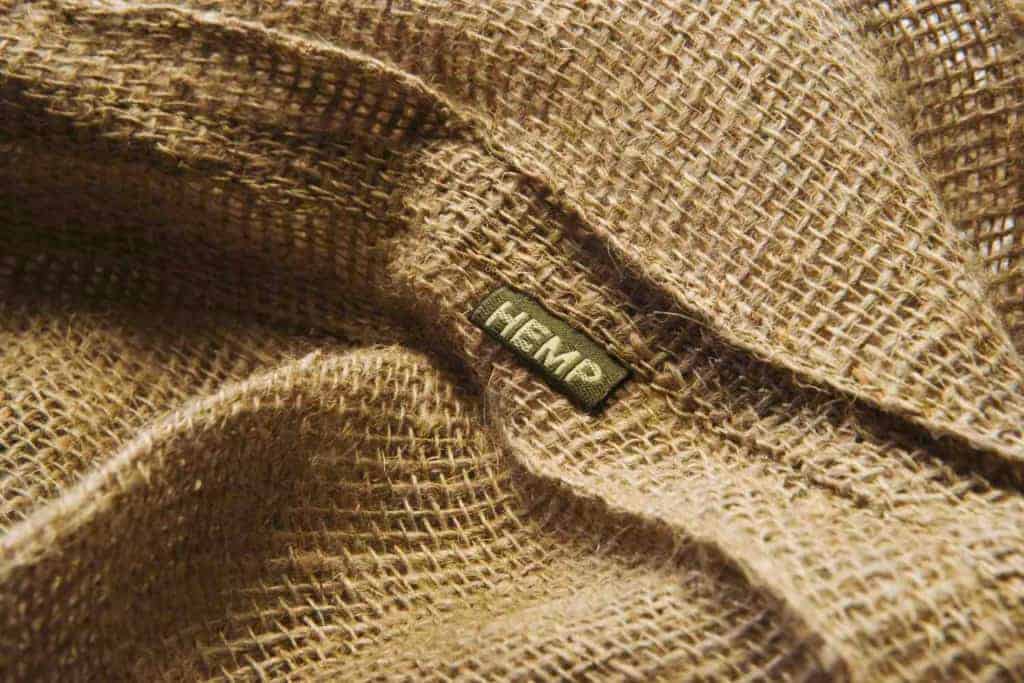
This image is property of wiser.eco.
Recent Posts
Discover how bubble hash is rated on a 1 to 6 scale. From texture and color to aroma and potency, learn the key factors that determine the quality of bubble hash. Whether you're a seasoned cannabis...
Looking to learn about the most popular style of hash? This article explores the different types, from traditional to bubble hash, and reveals the people's favorite. Join us on a journey through the...

